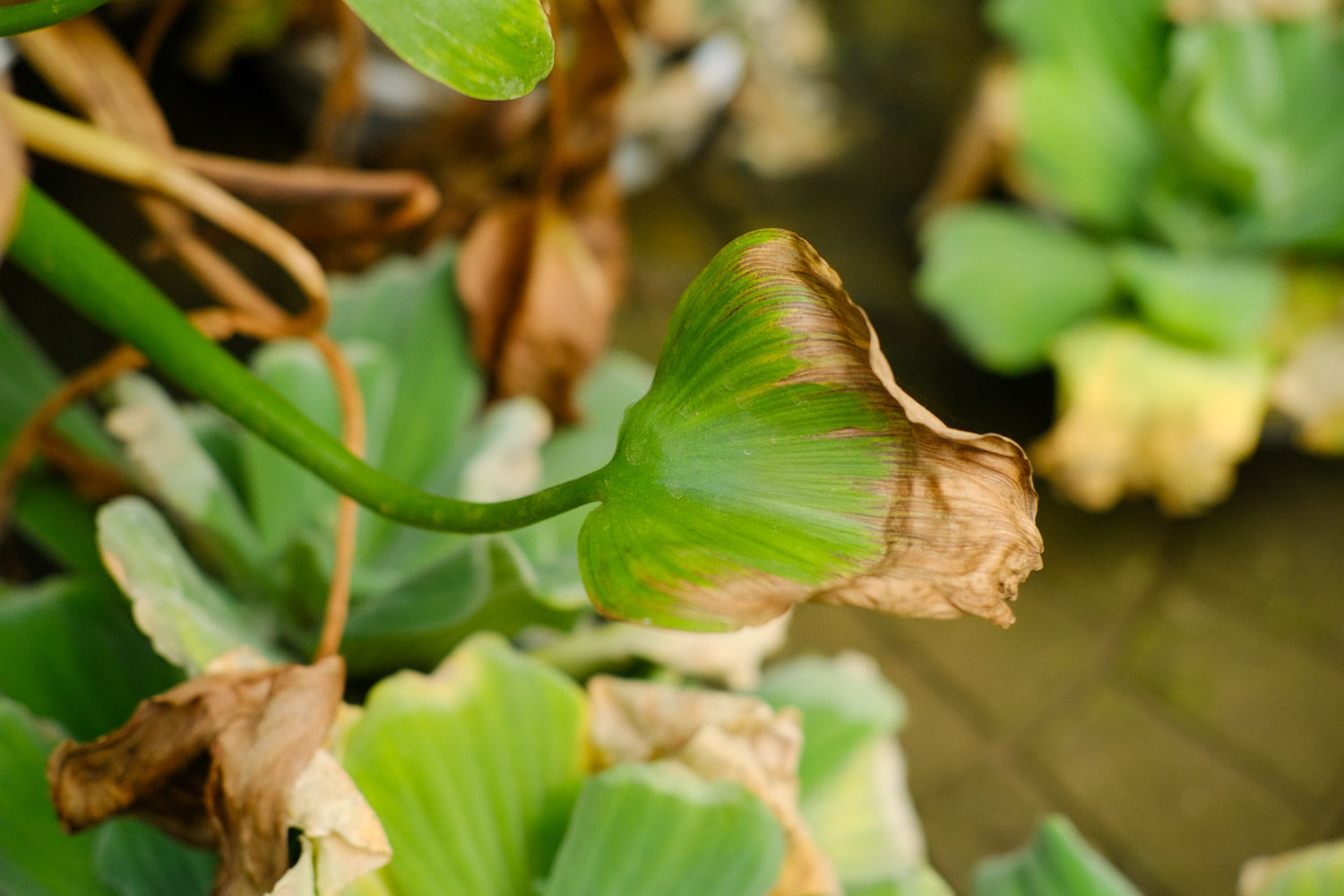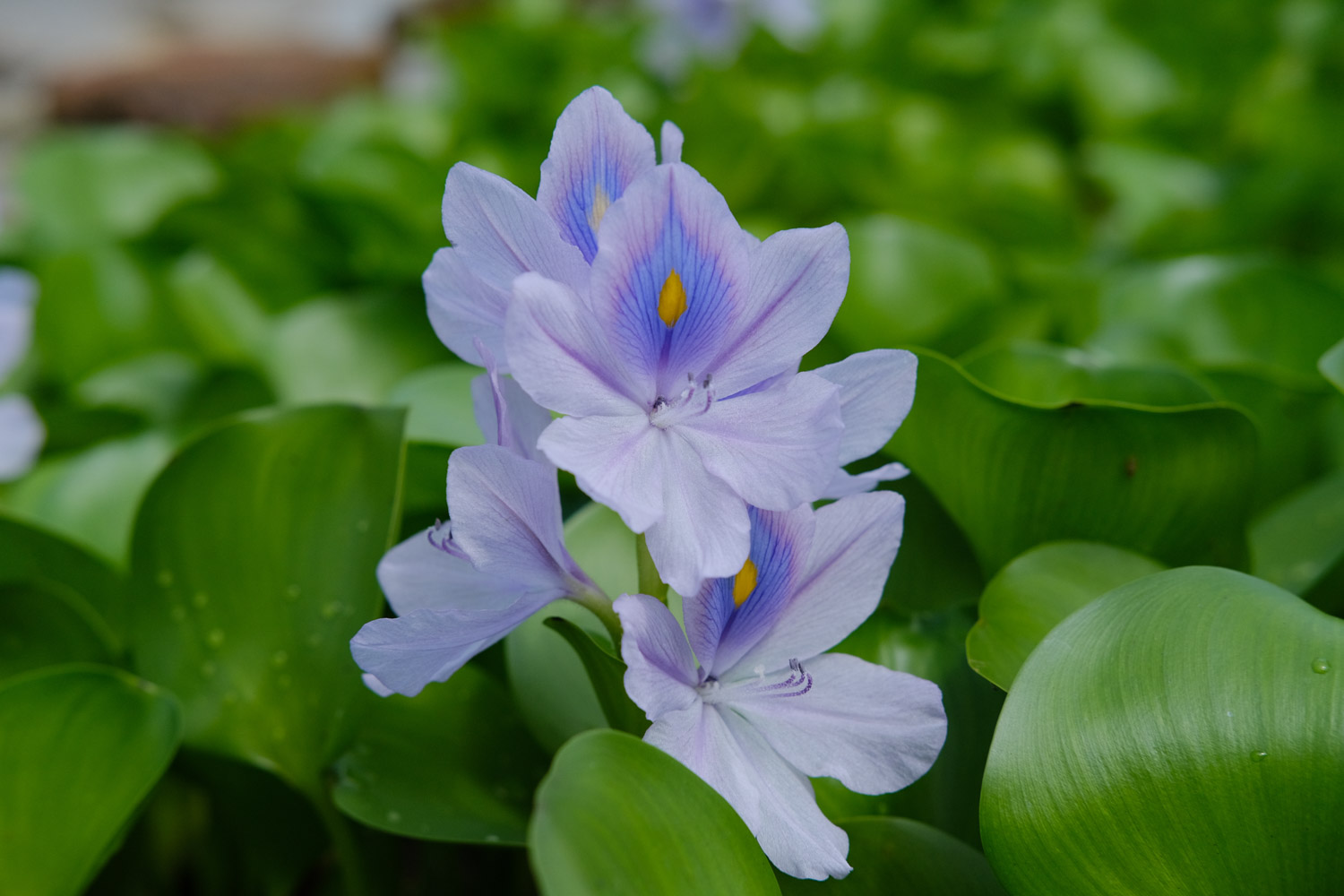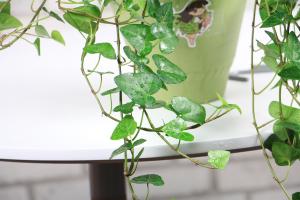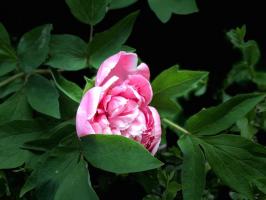Preparation for cultivation of Eichhornia crassipes
The batch cultivation of phoenix eye blue can use the wet scattered land or idle swamp before and after the house. Generally, strong seedlings with low plant height and no diseases and pests should be selected for transplanting. The transplanting is generally carried out in June and July
Cultivation method of Eichhornia crassipes
When transplanting, the seedlings should be dug out together with the roots and soil to minimize the damage to the roots of the seedlings, so as to improve the survival rate after transplanting
When planting, select the number of plants according to the size of the place, control the spacing of each plant, and reserve 50% open space, which is conducive to tillering and reproduction after transplanting

Management after cultivation of Eichhornia crassipes
After transplanting, the crested eye blue shall be properly managed to keep the soil moist, strengthen the light and ensure ventilation
If you want to extend the flowering period of phoenix eye blue, you can keep it warm in a plastic shed. You need ventilation for one to two hours at noon
After the flower bud of phoenix eye blue is formed, it can be transplanted into a small pot and cultured in acidic soil or nutrient solution
Remove the old leaves and leave 4-5 young leaves and flower ears, which can not only prolong the flowering period, but also move to the desk and other places for viewing
Precautions for cultivation of Eichhornia crassipes
Phoenix eye blue can be cultivated as a bonsai plant because of its beautiful flower color and unique flower type
However, in the process of breeding, do not use too clean water. If possible, you can use nutrient solution for breeding or dirty water from some smelly ponds. In this way, the longer and better the phoenix eye blue will be and beautiful
If you don't want to breed phoenix eye blue, don't pour it into the pond at will, because phoenix eye blue has strong reproductive ability, it is easy to form a large area of phoenix eye blue, block the sunlight from entering the water and the atmosphere, which is fatal. Other aquatic plants and animals die due to lack of oxygen and sunlight


 how many times do yo...
how many times do yo... how many planted tre...
how many planted tre... how many pine trees ...
how many pine trees ... how many pecan trees...
how many pecan trees... how many plants comp...
how many plants comp... how many plants can ...
how many plants can ... how many plants and ...
how many plants and ... how many pepper plan...
how many pepper plan...
































